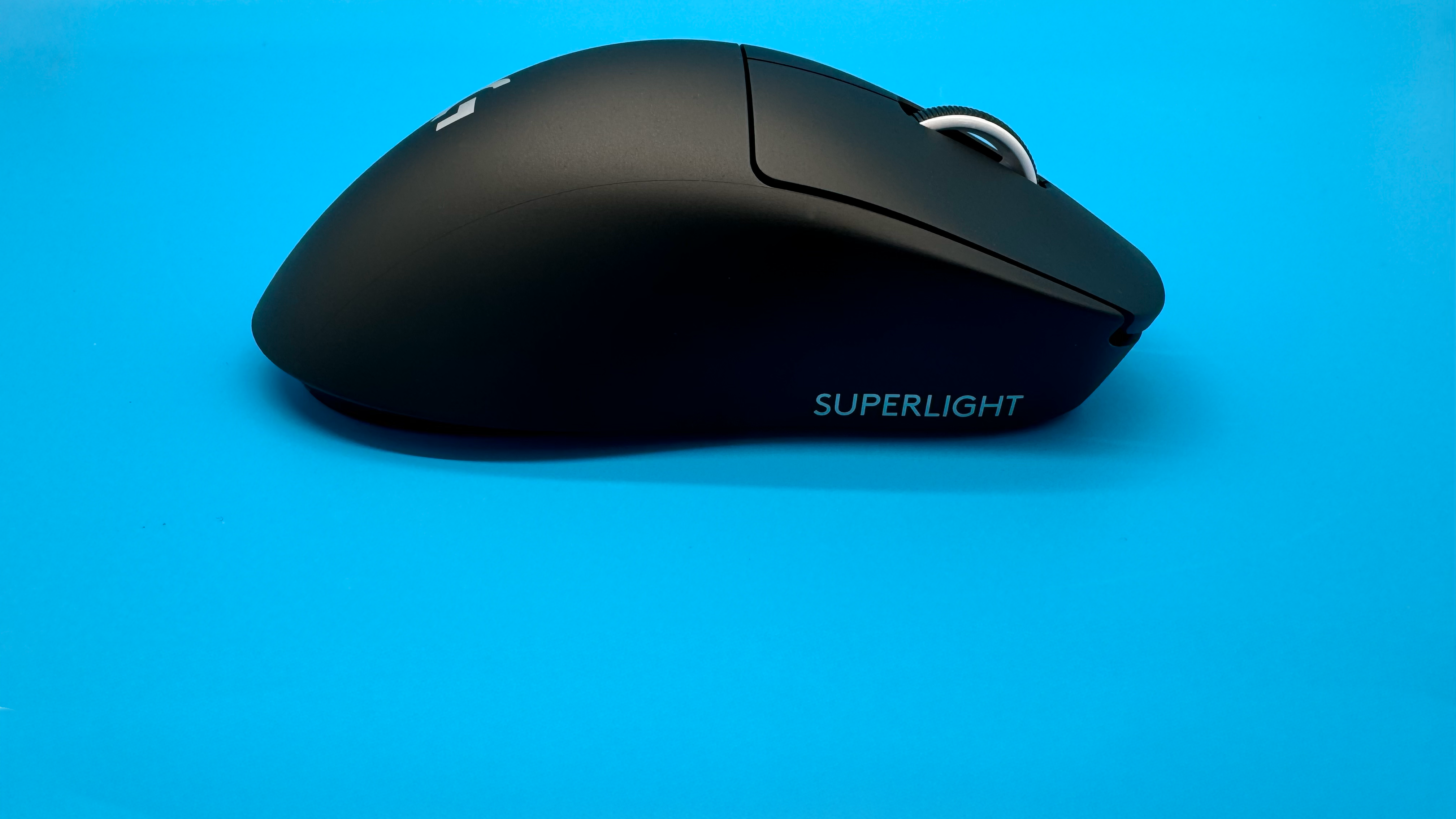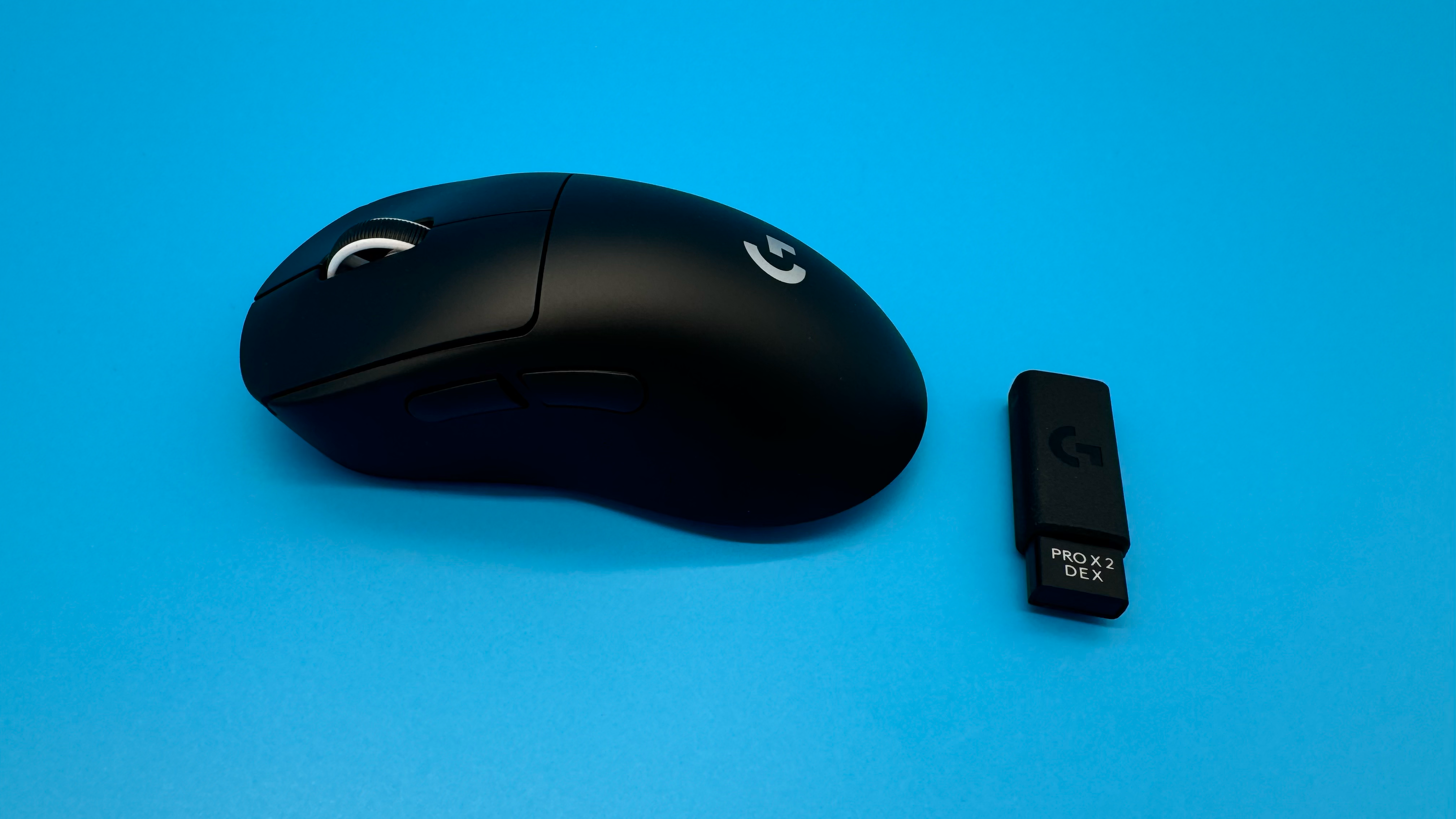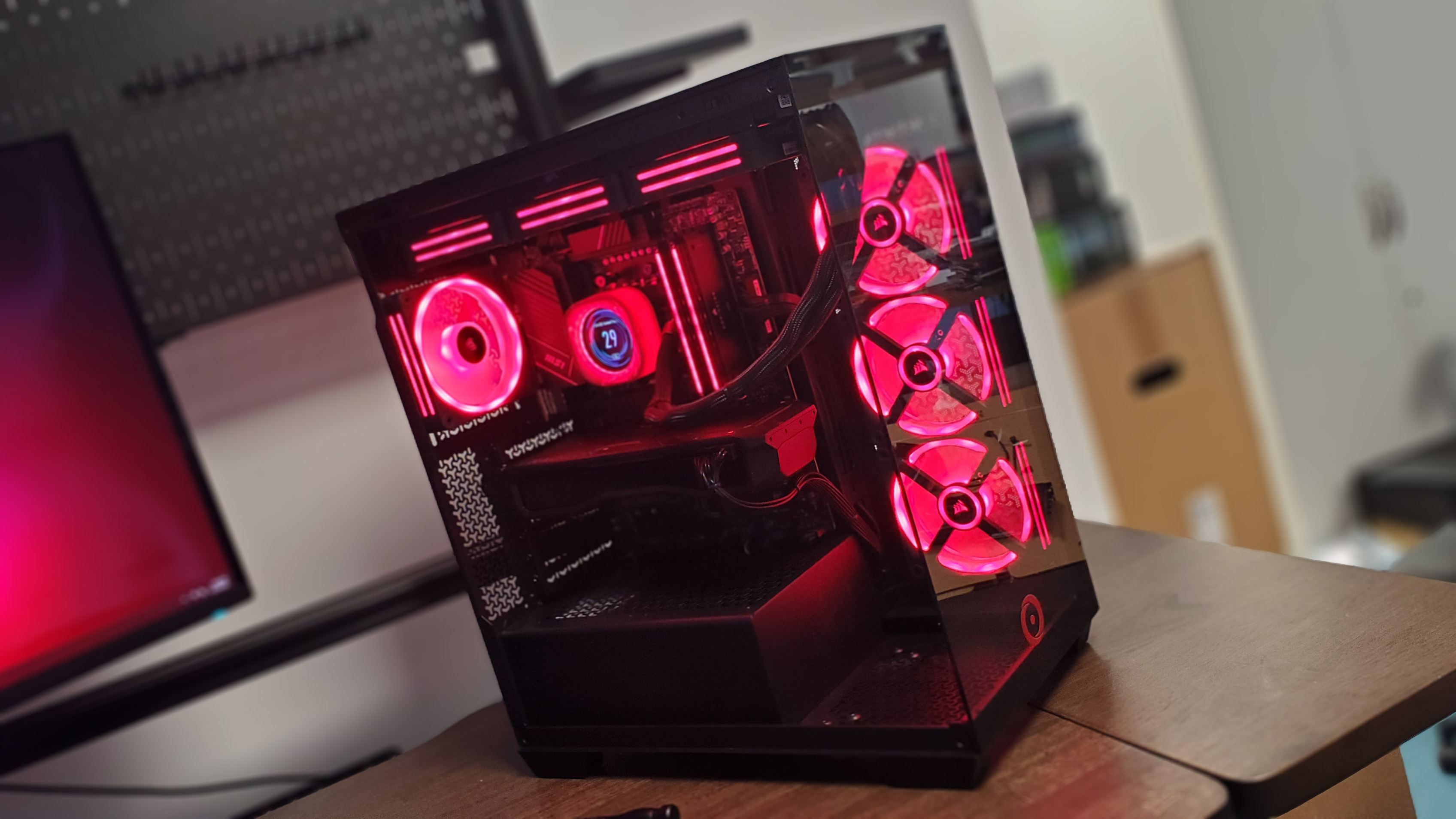Our Verdict
The Superlight 2 Dex feels like a very insular design for Logitech. Being basically the Superlight 2 but with a different shape, it doesn't feel very aware of its competition, but it's a light change on an already great mouse.
For
- Very nice feel
- Great battery life
- Excellent sensor
Against
- Very similar to the Superlight 2
- Still held back by software
- Mushy middle click button
PC Gamer's got your back
I felt initially quite confused by the Logitech Pro X Superlight 2 Dex. It's basically the older Superlight 2 but with a new shape, complete with the same sensor, figures, and specs. Given the original mouse launched over a year ago now, it feels strange to put out an update that's basically the same thing as before, but only a little different. However, this is not only a good excuse to look back on the original Superlight 2 but also reflect on its Hero 2 sensor, which has since seen an update to become even better.
The Logitech Pro X Superlight 2 Dex has a name that is more flashy than the mouse itself. Mine came in black and only has a few light white accents in the mouse wheel, as well as a clear plastic for the Logitech G logo at the base of it. This is all to say that the mouse is understated like much of Logitech's other gear, relatively rare for mice aimed at pro gamers.
The most distinctive part of this mouse, aesthetically, is where it gets the name 'Dex' from. The mouse's shape curves to the left, to better accommodate right-handed gamers from an ergonomic point of view. The previous Superlight 2 is functionally ambidextrous (though the Logitech G Pro 2 Lightspeed does a much better job of that thanks to its customizable side buttons) whereas this one is a little uncomfortable to hold in the left hand.
Luckily, it makes up for the lack of an ambidextrous shape by fitting super comfortably into my, rather large hands. That extra bit of support can allow for a more comfortable hand position, leaning some of the weight of the palm against the base. I really started to notice this positive change in longer gaming sessions especially.
Using the Superlight 2 Dex as my primary mouse in a litany of games, I found it handled the more granular and precise clicking of puzzle sniper game Children of the Sun with ease and thrived in twitch shooters, such as Counter-Strike 2 and Call of Duty: Black Ops 6.
The Hero 2 sensor is now capable of a max DPI of 44K and a max speed of 888 IPS, which means more erratic movements are picked up accurately and with ease.
Though you can boost the polling rate all the way up to 8,000 Hz, which can shave off tens of nanoseconds in most instances, I rarely found the need to. This mouse is snappy and responsive at the default 1,000 Hz. The sweet spot for many will likely be somewhere between here and 4,000 Hz.
Despite it being a bit overkill, it's a nice addition to the mouse, especially when you consider the old Superlight 2 is also getting the same polling rate upgrade. The 8000 Hz polling rate is not achievable wired so this mouse is at its best without wires.
Importantly, the reason I opted for something a little less than the 8,000 Hz DPI rate regularly is that it negatively affects the battery life. At 1,000 Hz, you get just over 95 hours of charge, which is frankly great for a mouse of this caliber. Though the specs sheet on Logitech's site quotes 95 hours, Logitech's software regularly gave me a bit more than this.
The Razer DeathAdder V3 HyperSpeed, which is the best gaming mouse right now, gets just a little more than that, meaning it fits right into where it should be in the market.
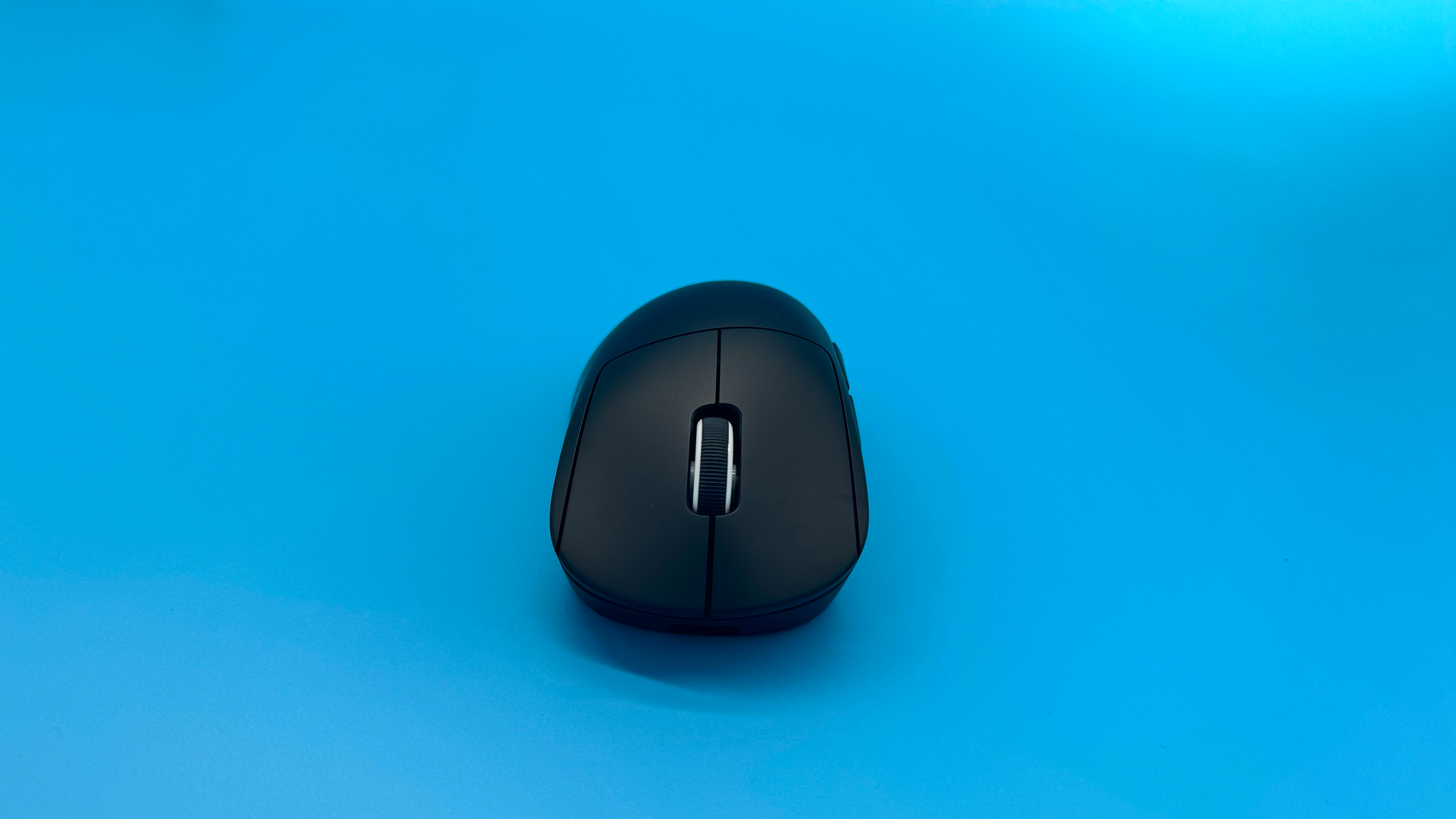
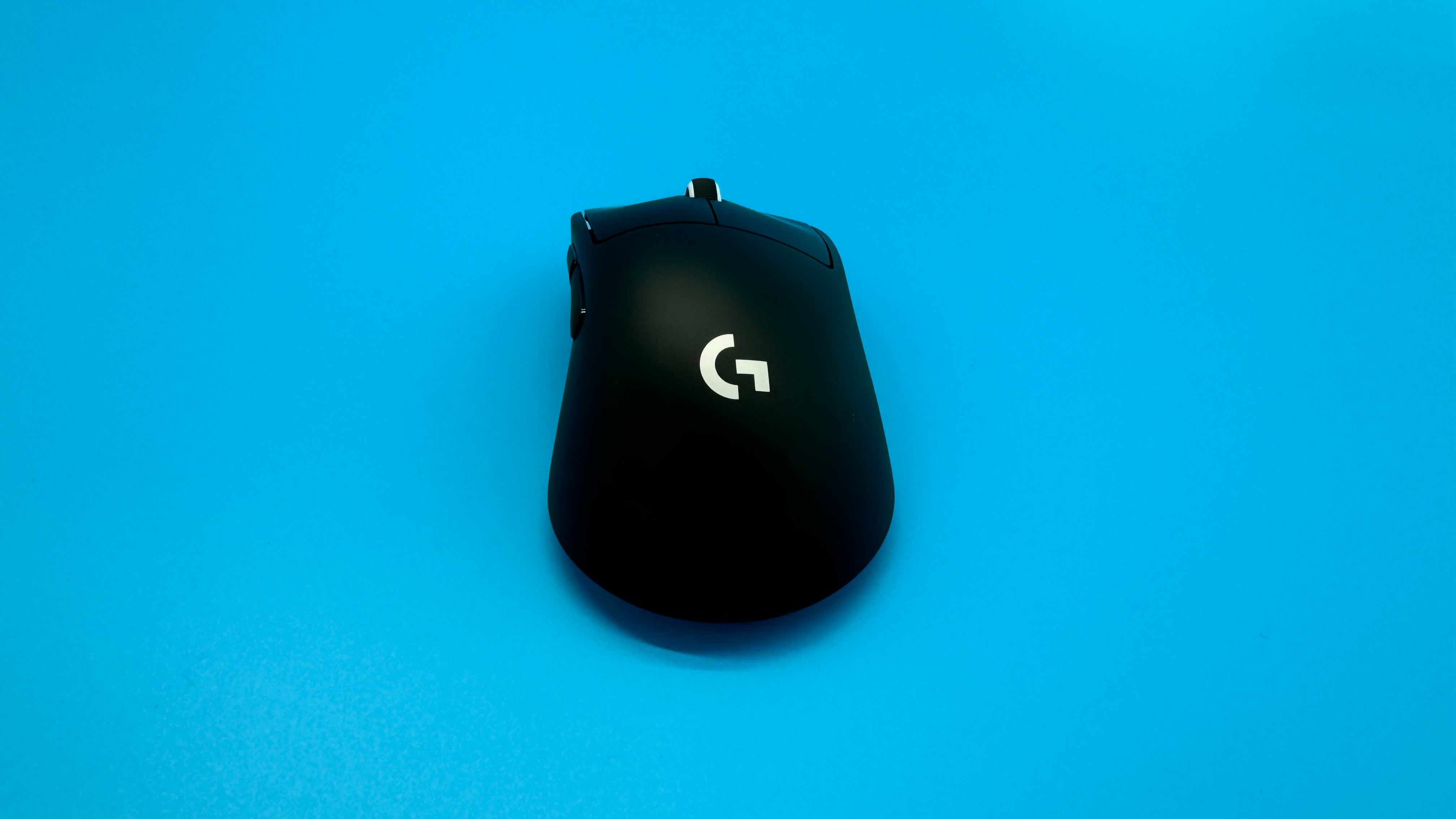
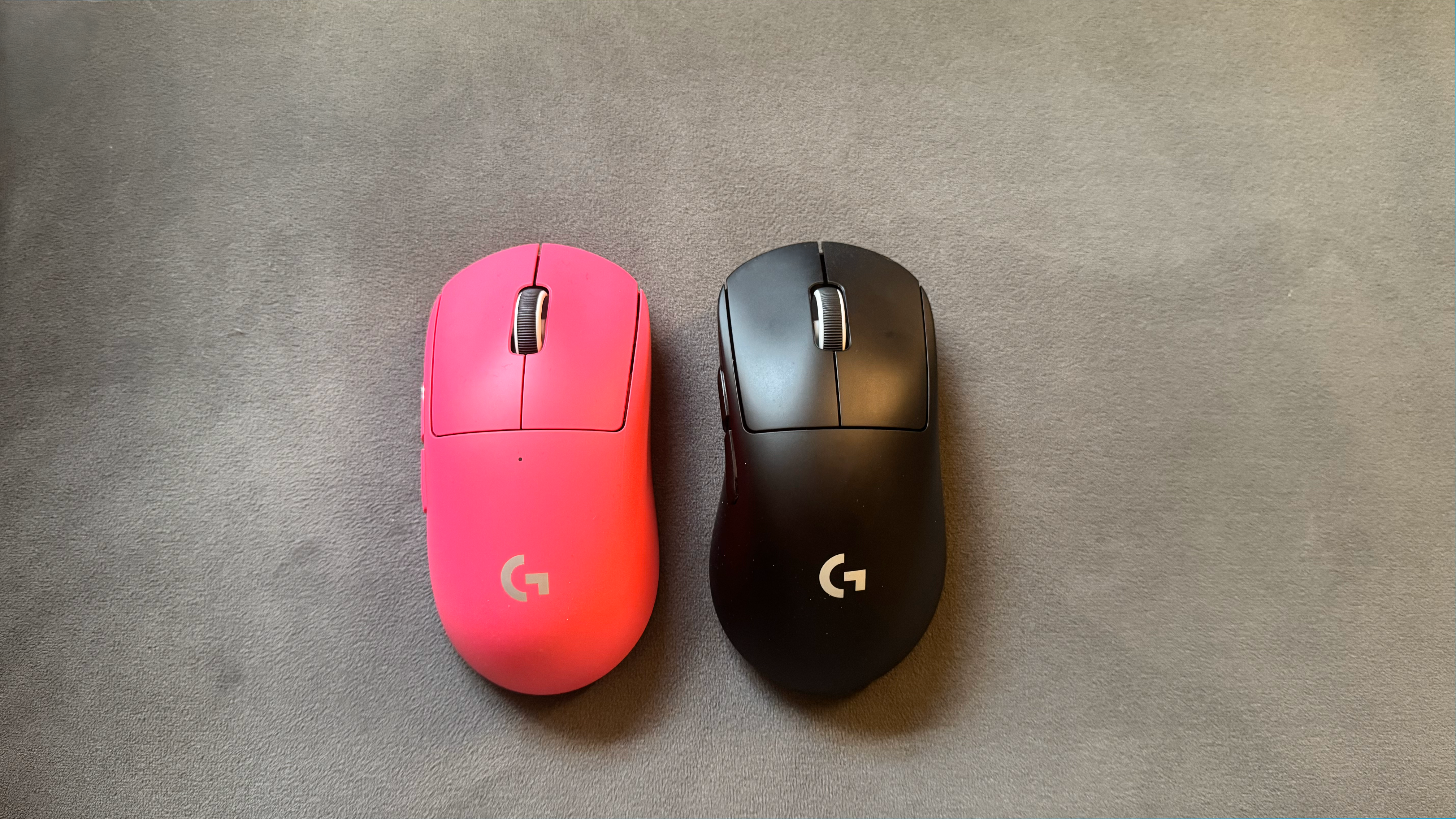
Unfortunately, once you have got this mouse all plugged in and ready to go, you will want to update it to get access to all those stats. To update the Hero 2 Sensor, you should go through Logitech's own G Hub software, where you can also set custom controls and profiles. This mouse doesn't have an easily accessible DPI switch and makes up for it by setting a custom DPI rate for individual games.
Frustratingly, the G Hub is the worst part of setting this mouse up, consistently freezing or running into loading issues. I found Logitech's software crashed or otherwise became difficult to work with on three separate rigs, one of which required a clean reinstall to get things running again.
Once working, this software does what it should but the hurdles to get it working can be occasionally rather frustrating, especially when you really just want to get an update and never touch the G Hub again.
Once this is all sorted, the Dex performs very well, partially down to a very nice design and weight. At just 60 grams, this thing can glide across a desk super easily but isn't so light that I found myself accidentally moving it when I merely placed my hand down. If it did happen to get caught in movement and knocked off a desk, I never worried that it would break, as it feels surprisingly sturdy given its size.
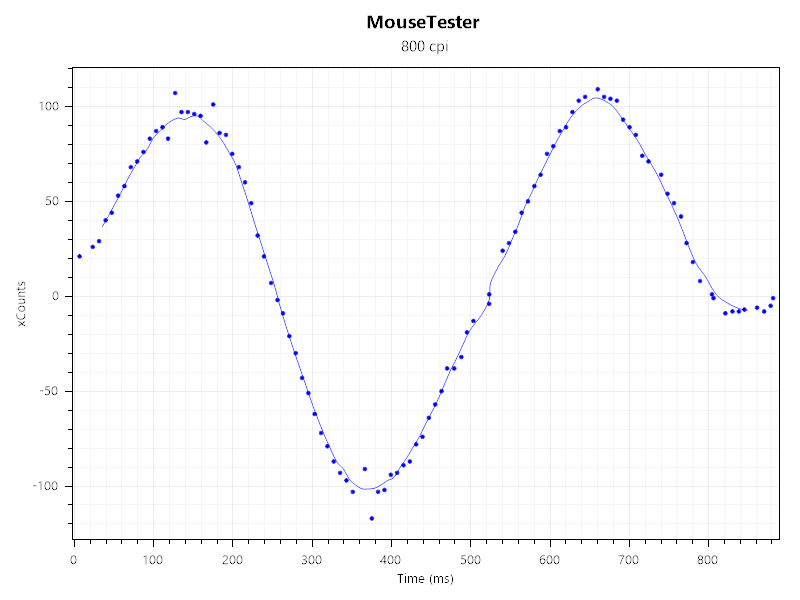
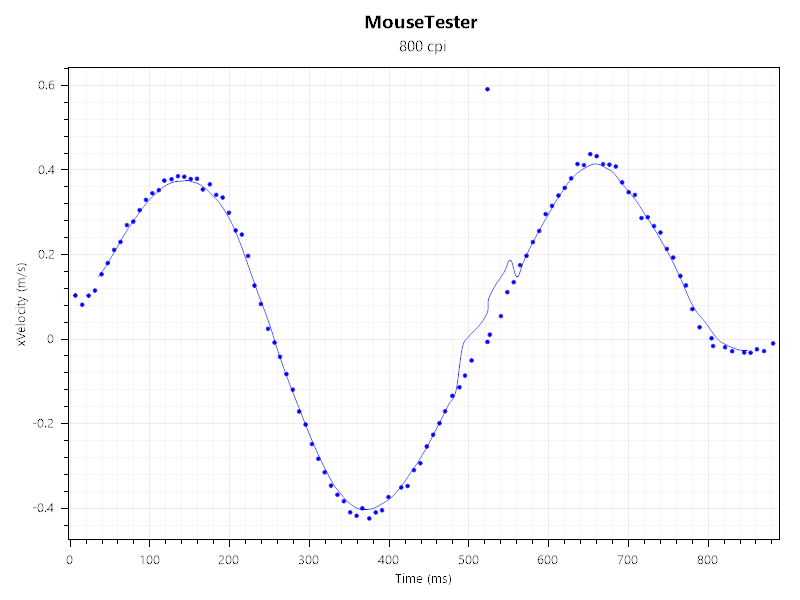

Above: Tested at 1,000 Hz — The more erratic the dots are, the worse the tracking on a mouse is.
The only place this doesn't feel quite as sturdy is in the mouse wheel. Scrolling is super smooth but clicking the button itself feels a little mushy and inconsistent. The left and right click, thanks to the Lightforce switches, feel responsive, clean, and clear, yet the scroll doesn't feel quite as satisfying.
Picking up the original Superlight 2, this scroll wheel feels practically identical and hints at something worth noting when looking at the Dex. Both current Superlight 2 models are functionally the same, with an equally impeccable sensor, but an equally offputting scroll wheel and price tag.
✅ You really want that high DPI and Polling rate: 44K DPI and 8K polling rate are undeniably impressive stats, but perhaps unnecessary for many.
✅ You want something very light: Superlight is a very fitting name for this mouse as not only is it light in weight but its design makes it feel even lighter.
❌ You like a minimalist mouse: Though the lack of a DPI switch and only a few buttons might suggest otherwise, this mouse's reliance on software and highly customisable stats make it a little finicky initially.
❌ You want a flashy mouse: With only a little light to show when it's charging or turned on, this has very little RGB.
The main hurdle the Superlight 2 Dex faces on the market right now is its price point. This is a very capable mouse that's easy to use and comes with great stats across the board. However, with so many of our favorite mice being cheaper to buy at their MSRP and a little older (meaning they're more prone to be seen in sales), it's hard to see the Dex really converting any gamers who aren't already into Logitech's design language and shape.
The max stats are impressive and are somewhat noticeably in use but you need to really take gaming very seriously, and be at a certain skill level to get the use out of it (if at all).
This mouse has better specs on paper than the likes of the Turtle Beach Burst Air II but is more expensive and has a worse battery life. That trade-off is true of many of the best mice and will be what you have to keep in mind if you plan on picking one up.
The Logitech Pro X Superlight 2 Dex is an excellent mouse in a market filled to the brim with fantastic alternatives. If you've had your eyes on the Superlight 2 but don't like the shape, this will do everything you want out of it, and it will do it quickly and smoothly, but you are paying extra for a speed that you may not even notice in the heat of battle.
The Superlight 2 Dex feels like a very insular design for Logitech. Being basically the Superlight 2 but with a different shape, it doesn't feel very aware of its competition, but it's a light change on an already great mouse.

James is a more recent PC gaming convert, often admiring graphics cards, cases, and motherboards from afar. It was not until 2019, after just finishing a degree in law and media, that they decided to throw out the last few years of education, build their PC, and start writing about gaming instead. In that time, he has covered the latest doodads, contraptions, and gismos, and loved every second of it. Hey, it’s better than writing case briefs.
